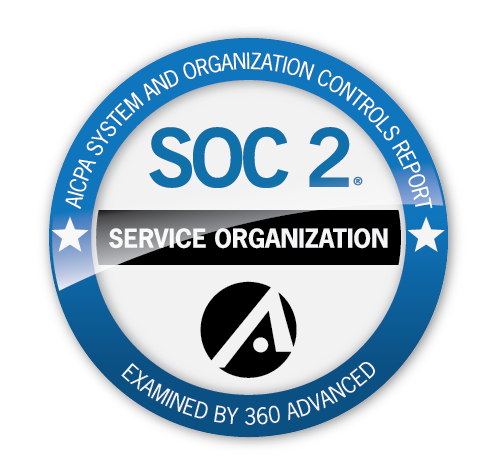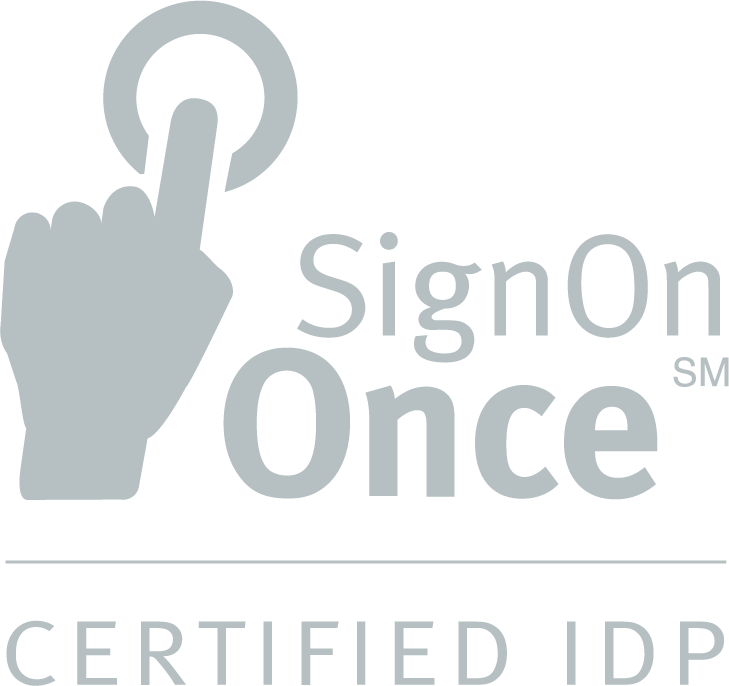The M&A downturn within the insurance distribution channel is in full swing. After an exceptional 2021, activity among agencies, insurers, and InsurTechs took a U-turn in the second half of 2022. This slide has continued into 2023 as rising interest rates, inflation and recession concerns have caused industry-wide belt-tightening and driven up borrowing costs for potential buyers. In July, OPTIS Partners reported a 24% drop in North America agency M&A activity in the first half of 2023, compared to the same time last year.
But there’s one exception to this trend: carriers, private equity investors, and retail brokerages are still keen to scoop up high-performing MGAs. That’s exemplified by recent M&A activity such as Carlyle-backed NSM’s acquisitions of Sequoia Re, IOA Re, Rockport, Acquis and Shield Commercial Insurance Services; and Brown & Brown’s Nexus Underwriting business acquiring Evolve Cyber Insurance Services. There are several key factors driving MGAs’ resilience in the M&A space.
MGAs keep putting up strong numbers
Broader economic uncertainty is a reason that MGAs currently standout as acquisition targets. While many sectors are seeing lower revenue growth and operating margin pressures driven by increasing costs, MGAs continue to perform very well.
Recent reports from Conning and Deloitte show that MGA growth in 2022 far outpaced the overall P&C market. The current hard market has boosted rates across the board, but particularly in the niche—and often highly profitable—segments that MGAs serve. In addition, we’re seeing a surge in the excess and surplus lines (E&S) market, where MGAs write much of their business.
But these factors are just part of the economic picture. Like other insurance distribution players, MGAs enjoy strong recurring revenue and healthy operating margins. Most MGAs operate with lean operations and efficient overhead (often supported by their technology investments), leading to higher profitability than insurance carriers. These factors can add up to the potential of a solid income center for buyers.
MGAs have what buyers want
In niche programs, MGAs hold the golden keys of strong customer and carrier relationships, along with a record of underwriting profits in highly specialized areas—factors that make them incredibly sticky within their industry partners. They’ve proven their value with growth during both soft and hard markets; because MGAs generally own the customer relationships and underwriting talent, they can command the strongest economics across the insurance value chain.
MGAs are also more likely to invest in technology that supports the industry’s highest value activities, including client engagement, underwriting, data and analytics, and faster and more accurate claims handling. These investments reap dividends in higher efficiency and client satisfaction. And MGAs typify the adage of supply and demand. The chances to nab high-quality, niche-oriented, and actionable MGAs are scarce—which drives up interest and competition when opportunities surface.
MGAs are talent powerhouses
In an industry struggling to find new talent, MGAs are also attractive because of the people they bring with them. They recruit highly specialized underwriters with in-depth knowledge of their niche and who are very skilled at what they do. And they tend to attract strong, entrepreneurial-spirited individuals. Acquiring an MGA can be a strategic shortcut for buyers looking to supercharge their talent pool.
MGAs also have a reputation for being tech-forward, and brokerages and carriers that acquire MGAs can benefit from absorbing talent they otherwise may not attract organically. Some agencies and carriers also believe that by seeding their organizations with acquired tech-savvy people, they will be more able to attract similar talent in the future. That means an acquired MGA can be a path to modernizing the acquiring entity’s overall talent pool.
Watch out for potential hazards
Even with these strengths, the M&A market for MGAs is not all smooth sailing. There are nearly two dozen hybrid programs fronting carriers in operation, most with a participatory model that sees them retain a share of the risk. Some fronting carriers also becoming investors in startup MGAs. That means that the recent news about Vesttoo could cause some unexpected waves in the MGA M&A market.
In addition, early stage, tech-enabled MGAs that require significant cash to break even are having difficulty raising funds. And while lenders remain interested in MGA business models and have supported leveraged recaps, business diversification is becoming a crucial requirement.
Takeaways for the industry
MGAs have many attractive financial traits that make them especially appealing to buyers, including high annual revenue retention, “recession resistant” growth and margins, lower operating and regulatory costs, and modern technology in the hands of talented employees. As our industry continues to modernize, look for M&As to surge in the MGA space.



